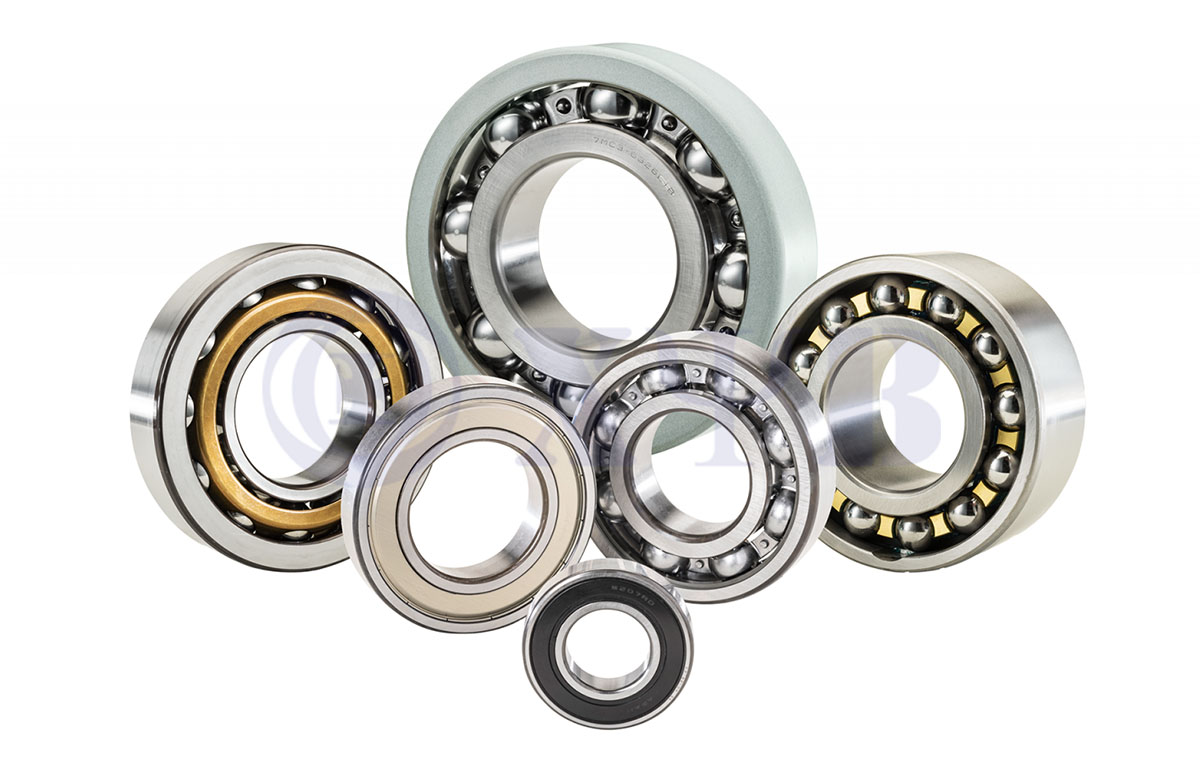The Essential Guide to Ball Bearings: What They Are and Why They Matter
2024-08-15
In the world of machinery and engineering, ball bearings might not be the most glamorous component, but they are undoubtedly one of the most critical. These small, often overlooked devices are the unsung heroes that keep countless machines running smoothly, from household appliances to industrial equipment and vehicles. In this blog, we'll delve into what ball bearings are, how they work, and why they are essential in various applications.
What Are Ball Bearings?
Ball bearings are a type of rolling-element bearing that uses balls to maintain the separation between the bearing races, or moving parts. The purpose of a ball bearing is to reduce rotational friction and support radial and axial loads. It achieves this by using at least two races to contain the balls and transmit the loads through them.
The way ball bearings work is simple yet effective: as the inner race rotates, the balls roll, which allows for smooth motion and reduces friction between the surfaces. The balls themselves are typically made from steel or ceramic, and they are designed to be incredibly durable and capable of handling a significant amount of stress.
Types of Ball Bearings
There are several types of ball bearings, each suited to different applications:
1. Deep Groove Ball Bearings
- The most common type, designed to handle both radial and axial loads.
- Commonly used in electric motors, gearboxes, and general machinery.
2. Angular Contact Ball Bearings
- Designed to handle high-speed and high-precision applications.
- Ideal for use in high-performance machinery like turbines and pumps.
3. Self-Aligning Ball Bearings
- Feature two rows of balls and are capable of self-aligning.
- Best suited for applications where misalignment might occur, such as in long shafts.
4. Thrust Ball Bearings
- Specifically designed to handle axial loads only.
- Used in applications where there is a need to support a high axial load, such as in automotive transmissions.
5. Ceramic Ball Bearings
- Made from ceramic materials, offering high speed and reduced friction.
- Often used in high-speed applications like aerospace and precision instruments.
Why Are Ball Bearings Important?
Ball bearings are crucial for several reasons:
1. Reduced Friction
- By allowing components to roll rather than slide, ball bearings dramatically reduce friction. This leads to less wear and tear on parts and extends the lifespan of machinery.
2. Support for Loads
- Ball bearings can handle both radial and axial loads, making them versatile for various applications. This load-bearing capability ensures that machines operate efficiently and effectively.
3. Precision and Speed
- In high-speed applications, the precision of ball bearings is vital. They allow machines to run at high speeds with minimal vibration and noise, which is essential for performance and safety.
4. Energy Efficiency
- With reduced friction comes improved energy efficiency. Ball bearings help machines run more smoothly, consuming less power and reducing operational costs over time.
5. Versatility
- From tiny bearings in wristwatches to massive ones in wind turbines, ball bearings are used in a vast range of applications. Their versatility makes them indispensable in various industries, including automotive, aerospace, manufacturing, and consumer electronics.
Applications of Ball Bearings
Ball bearings are used in countless applications across many industries:
- Automotive: In engines, transmissions, and wheel hubs, ball bearings play a critical role in ensuring smooth and efficient operation.
- Industrial Machinery: In conveyors, pumps, and gearboxes, ball bearings reduce downtime and maintenance costs by minimizing wear and friction.
- Aerospace: High-precision ball bearings are essential in aircraft engines and other critical components where reliability is paramount.
- Consumer Electronics: From computer fans to hard drives, ball bearings are found in many everyday devices, ensuring quiet and smooth operation.
- Medical Devices: Ball bearings are also used in medical equipment, where their precision and reliability are vital.
Conclusion
Ball bearings may be small, but their impact on modern machinery is immense. These essential components reduce friction, support loads, and enable precise and efficient operation in a vast array of applications. Whether you're working with high-performance engines or everyday household appliances, understanding the role of ball bearings can help you appreciate the intricate engineering that keeps our world moving smoothly.
So the next time you hear the hum of a well-oiled machine or the smooth glide of a moving part, remember that ball bearings are quietly at work, making it all possible.



